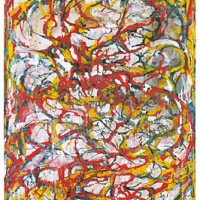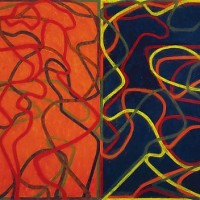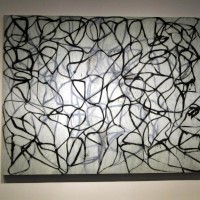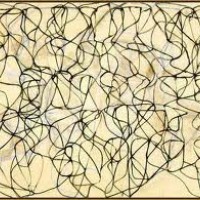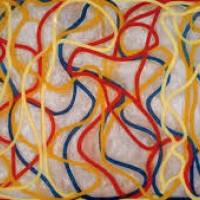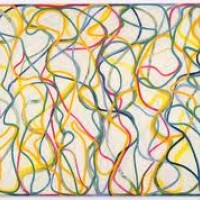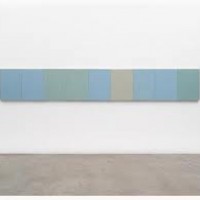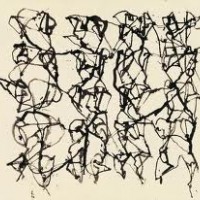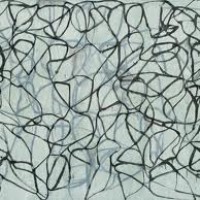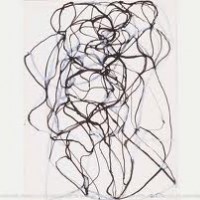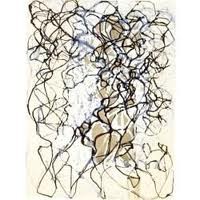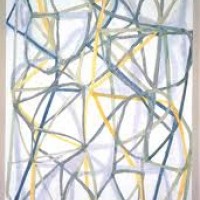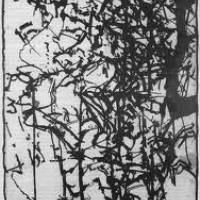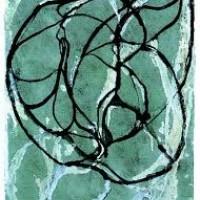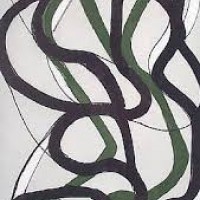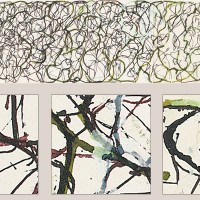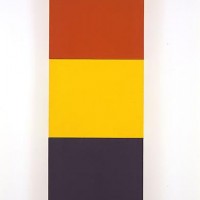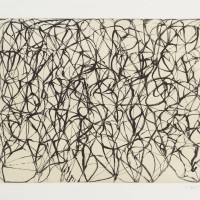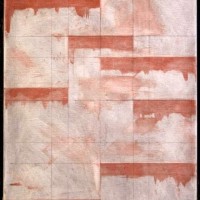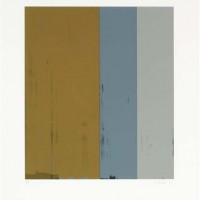- Home
- ABOUT US
- ABOUT VEYSEL BABA
- REDFOX ART HOUSE VIRTUAL TOUR
- MY LAST WILL TESTAMENT
- NOTES ON HUMANITY AND LIFE
- HUMAN BEING IS LIKE A PUZZLE WITH CONTRADICTIONS
- I HAVE A WISH ON BEHALF OF THE HUMANITY
- WE ARE VERY EXHAUSTED AS THE DOOMSDAY IS CLOSER
- NO ROAD IS LONG WITH GOOD COMPANY
- THE ROAD TO A FRIENDS HOUSE IS NEVER LONG
- MY DREAMS 1
- MY DREAMS 2
- GOLDEN WORDS ABOUT POLITICS
- GOLDEN WORDS ABOUT LOVE
- GOLDEN WORDS ABOUT LIFE
- GOLDEN WORDS ABOUT DEATH
- VEYSEL BABA ART WORKS
- SHOREDITCH PARK STORIES
- EXAMPLE LIVES
- ART GALLERY
- BOOK GALLERY
- MUSIC GALLERY
- MOVIE GALLERY
- Featured Article
- Home
- ART GALLERY
- Brice Marden
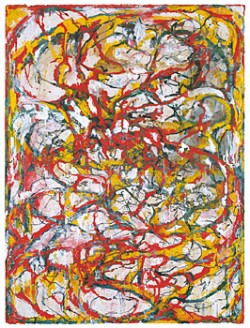
Brice Marden
Brice Marden (born October 15, 1938), is an American artist, generally described as Minimalist, although his work may be hard to categorize. He lives and works in New York City; Tivoli, New York; Hydra, Greece; and Eagles Mere, Pennsylvania.
Life


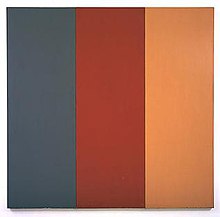

Marden was born in Bronxville, New York and grew up in nearby Briarcliff Manor. He attended Florida Southern College, Lakeland (1957 to 1958), receiving his BFA from the Boston University, School of Fine and Applied Arts in 1961. Marden earned his MFA from the Yale School of Art and Architecture (1963), where he studied with Esteban Vicente, Alex Katz, Jon Schueler, Jack Tworkov, Reginald Pollack, Philip Pearlstein, and Gabor Peterdi. Among his fellow students were the future artists Richard Serra, Chuck Close, Vija Celmins, Nancy Graves, Gary Hudson and Robert Mangold. As he studied art, Marden was also immersed in the Cambridge folk music world. His first wife, Pauline Baez, whom he married in 1960, is Joan Baez's sister. He met Bob Dylan and Pete Seeger and lived for a while at Joan Baez's house in Carmel, California.[2]
It was at Yale that Marden developed the formal strategies that would characterize his drawings and paintings in the proceeding decades: a preoccupation with rectangular formats, and the repeated use of a muted palette. In his early work of the 1960s and 1970s, he used simplified means, typically monochrome canvases either alone or in series of panels, diptychs or triptychs. These include the works The Dylan Painting, 1966; "1986" (now in the collection of San Francisco Museum of Modern Art); 1969's Fave (the Jack S. Blanton Museum of Art, University of Texas at Austin); and Lethykos (for Tonto), 1976 (The Museum of Modern Art, New York).
Career
Early years
Marden relocated to New York in 1963, where he came into contact with the work of Jasper Johns while employed as a guard at the Jewish Museum, New York during the museum's Johns's 1964 retrospective. The following summer Marden traveled to Paris where he began to make compressed charcoal and graphite grid-patterned drawings. Marden's graphic works are a corollary to his paintings, and he would transfer ideas into even his most recent paintings and drawings. Marden made his first monochromatic single-panel painting in the winter of 1964.[3] It was also in Paris that he admired the work of Alberto Giacometti and Jean Fautrier, although masters such as Francisco de Zurbarán, Diego Velázquez, and Édouard Manet have also informed Marden's artistic practice.
In 1966, at Dorothea Rockburne's suggestion, Marden was hired by Robert Rauschenberg to work as his assistant. That same year he had his first solo show in New York at the Bykert Gallery, which exhibited the first of his classic oil-and-beeswax paintings.
Mature work
In the late 1960s and early '70s, a moment when painting was widely considered moribund, Marden gained international fame as the master of the monochrome panel.[4] In 1971, Brice and his wife, Helen Harrington, visited the Greek island of Hydra, to which they have returned every year since. The couple bought their first home there in 1973.[5] The light and landscape have greatly influenced Marden's work (see, for instance, the five Grove Group paintings, 1972–1980; Souvenir de Grèce works on paper, 1974–1996). Executed in oil on marble fragments, he made a total of 31 paintings on marble on Hydra.[6]
Marden’s early monochromatic paintings exist as single panels, diptychs and triptychs. In each of the four Red Yellow Blue paintings (1974), the artist painted slabs of dense yet nuanced color on three adjoined canvas panels, using oil paint mixed on the spot with melted beeswax and turpentine and applied with a knife and spatula.[7] He gradually increased the number of panels, arranging them into post-and-lintel configurations.[4] After preparing designs for stained-glass windows for Basle Cathedral in 1977, he became interested in expressing in his paintings the conditions of colour and light in architecture. Between 1981-87, Marden made a total of 31 paintings on marble, all of them produced in Hydra.[8]
In 1977, Marden traveled to Rome and Pompeii, where he strengthened his interest in Roman and Greek art and architecture, which would influence his work of the late 1970s and early 1980s.[3] In 1983, Marden and family traveled to Thailand, Sri Lanka, and India; the artist became fascinated by the art, landscape, and culture of parts of Asia. Marden has subsequently incorporated numerous elements of certain Asian traditions into his work, making them one key to his process (the Shell Drawings, 1985–87). A visit in 1984 to the exhibition Masters of Japanese Calligraphy, 8th-19th Century, encouraged Marden to use form, a predominant influence in his recent work—which can be seen in his acclaimed Cold Mountain series, both paintings and works on paper, 1989-1991. Combining airy, calligraphic scaffoldings of line with whitish or palely tinted backgrounds, these 9-by-12-foot paintings were the biggest Marden had made to that point.[4]
In 2000, Marden embarked on The Propitious Garden of Plane Image, the longest two of which measure 24 feet.[9] Writing in The New Yorker in 2006, the critic Peter Schjeldahl described Marden as "the most profound abstract painter of the past four decades". [10]
Exhibitions
Marden has participated in hundreds of group exhibitions, and has also been the subject of numerous one-person shows and retrospectives. His first solo show in New York was held at the Bykert Gallery in 1966. In 1972, his work was showcased at Documenta 5 in Kassel.[11] His first museum show was the 1975 retrospective at the Solomon R. Guggenheim Museum, in New York. In 1991, Marden was a participant in the Connections series of the Museum of Fine Arts, Boston, for which the artist juxtaposed about three dozen of his abstract canvases and works on paper and marble with works from the permanent collection by the likes of Édouard Manet, Paul Gauguin, Goya, James Ensor, and Francisco de Zurbarán.[12] Other solo exhibitions include “Brice Marden: Cold Mountain” Dia Center for the Arts, New York (1991, traveled to Walker Art Center, Minneapolis; the Menil Collection, Houston; Museo Nacional Centro de Arte Reina Sofia, Madrid; and Städtisches Kunstmuseum, Bonn, Germany) and “Work Books 1964–1995,” Staatliche Graphische Sammlung, Munich (1997, traveled to Kunstmuseum Winterthur, Switzerland; Wexner Center for the Arts, Columbus, Ohio; Fogg Art Museum, Harvard University, Cambridge, Massachusetts; Hirshhorn Museum and Sculpture Garden, Washington, D.C.; Miami Art Museum; and the Carnegie Museum of Art, Pittsburgh).[7] In the fall of 2006, New York's Museum of Modern Art, New York, presented "Brice Marden: A Retrospective of Paintings and Drawings". The MoMA called the exhibition "an unprecedented gathering of [Marden's] work, with more than fifty paintings and an equal number of drawings, organized chronologically, drawn from all phases of the artist's career."[13] The show traveled to the San Francisco Museum of Modern Art in early 2007, and finally to Berlin's Hamburger Bahnhof, Museum für Gegenwart in the summer of that year. Originally, Marden was not enthusiastic about the idea. The works were divided into two periods: from the mid-sixties to the mid-eighties and then the mid-eighties up to the present. It allowed the artist to reassess his previous works and focus on future works.[14]
Honors
In 1988, Marden became a member of the American Academy of Arts and Letters. In 2000, Brown University awarded the artist an honorary degree of Doctor of Fine Arts.[citation needed]
Art market
Marden is represented by the Matthew Marks Gallery. One of his paintings sold for nearly $3 million at Christie's in May 2006.[15] Marden’s Cold Mountain I (Path) (1988–89), managed to almost double his auction record from May 2008 when it sold at Sotheby's for $9,602,500 on an $10–15 million estimate.[citation needed] In 2013, Steven A. Cohen sold The Attended (1996-9) for $10.9 million at Sotheby's New York.[16]
Personal
From 1987 to 2000 Marden’s studio was located on the Bowery.[5] Today, the artist keeps a Manhattan studio in a 10th-floor[2] penthouse duplex on West Street with around 5,000 square feet of space and one two-story window looking onto the Hudson River. The Mardens bought an estate in Tivoli, New York, called Rose Hill, in 2002. At its center is a stately 1843 main house on a cliff overlooking the Hudson River.[5] The studio was carved out of an old carriage house and has been converted into a large, light-filled space with western and northern exposures. At Rainbow Farms, the family's 400-acre summer residence in Eagles Mere, Pennsylvania since 1991, an old barn was converted to a third workspace with almost no natural light. On Hydra, Marden and his wife traded up houses (as they did elsewhere), moving into the current one in 1989.[5] In 2006, the couple bought a fifth property, Golden Rock Inn, on the Caribbean island of Nevis, with plans to build yet another studio there.[17]
Brice Marden's son, Nick Marden, by his first wife, Pauline Baez (sister of Joan), is a punk musician who participated in the New York punk scene of the 1970s and '80s.[citation needed] The Mardens' daughter, Mirabelle Marden, was a proprietor of Rivington Arms, an art gallery in New York. She is also a photographer.[18]
